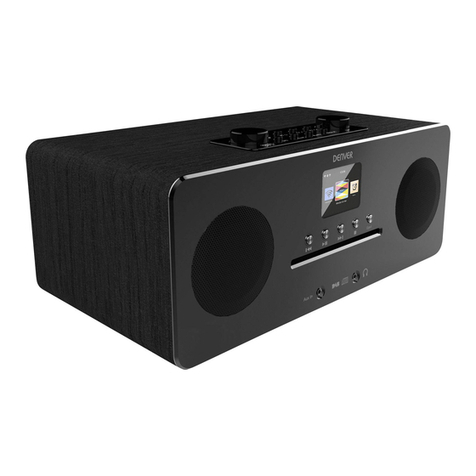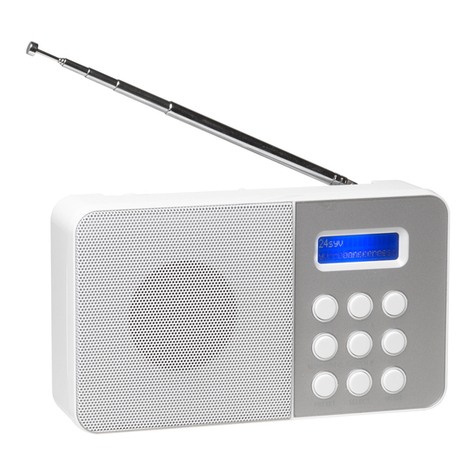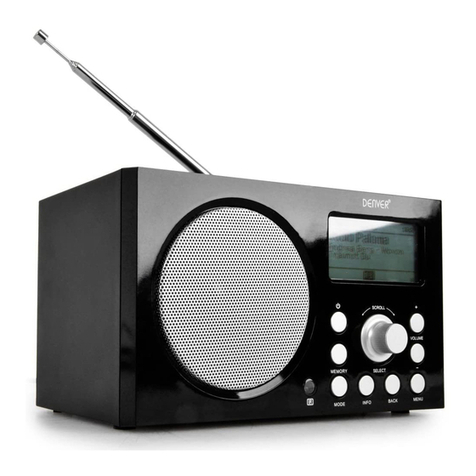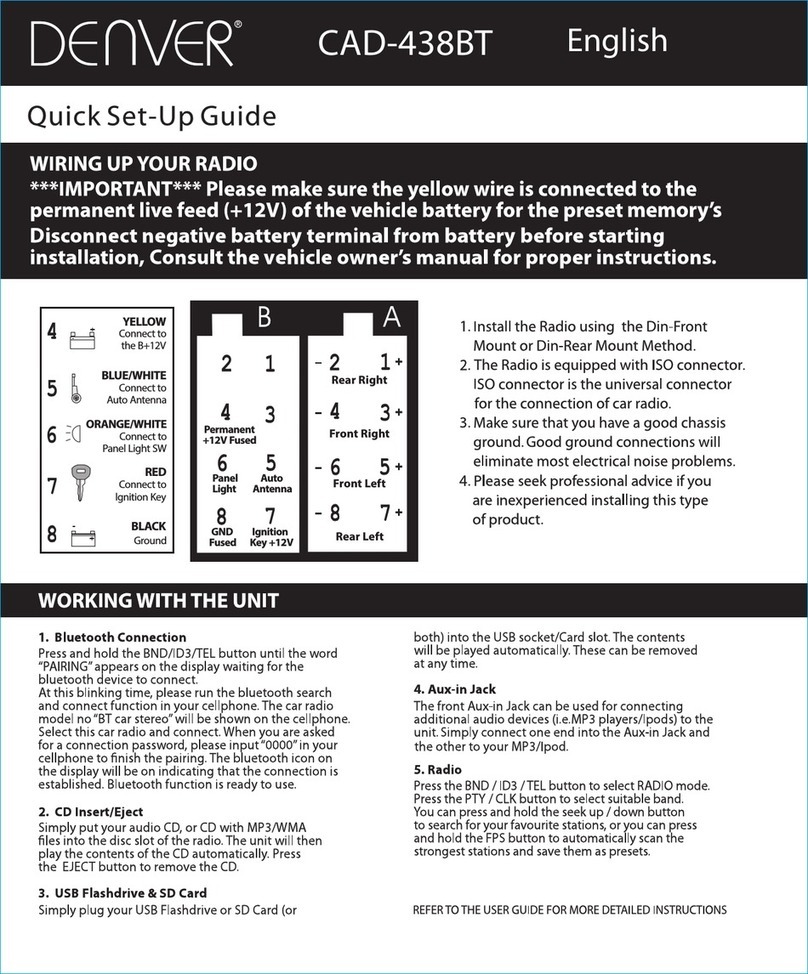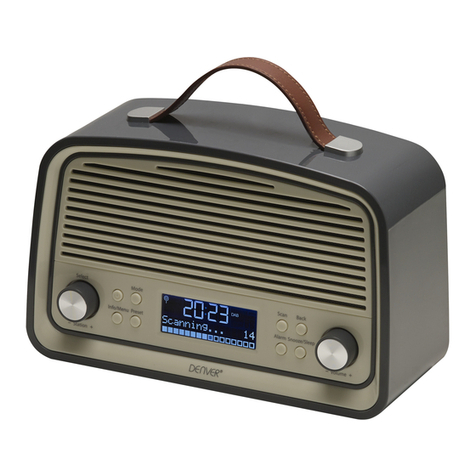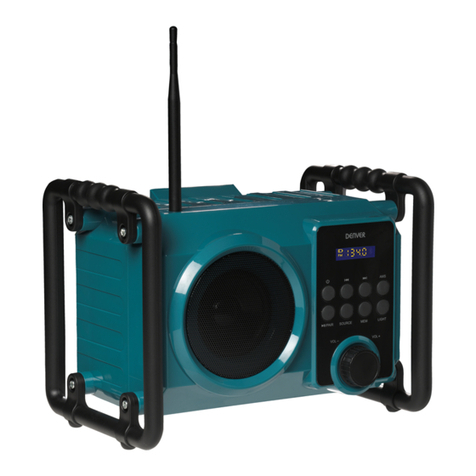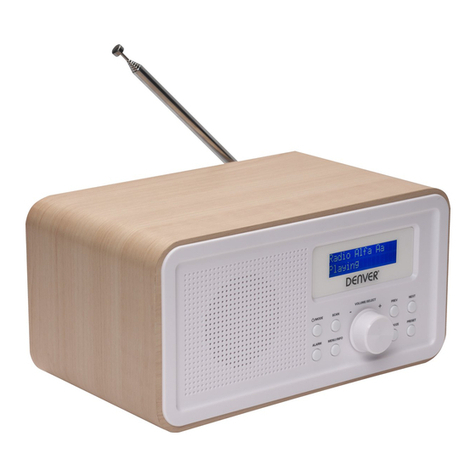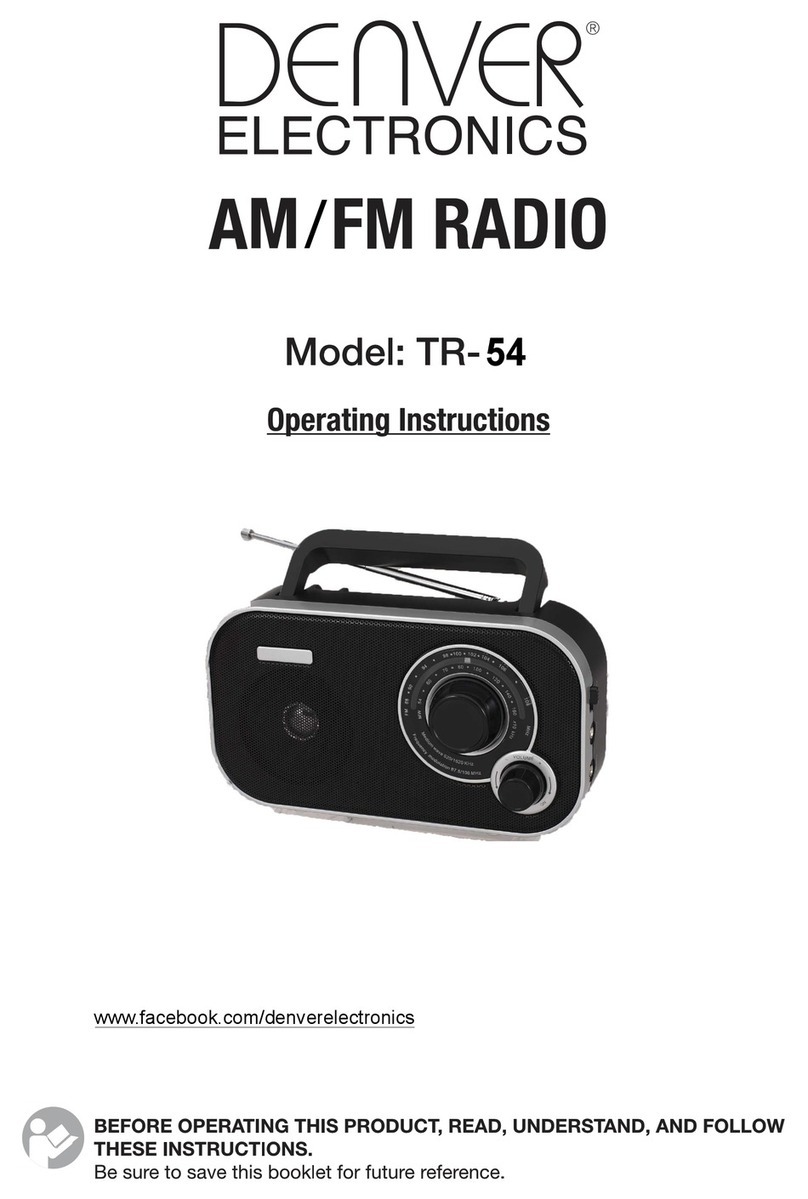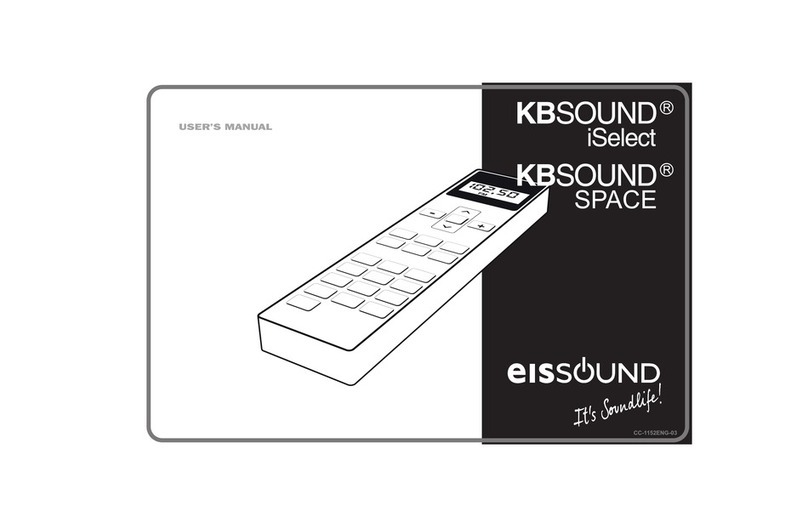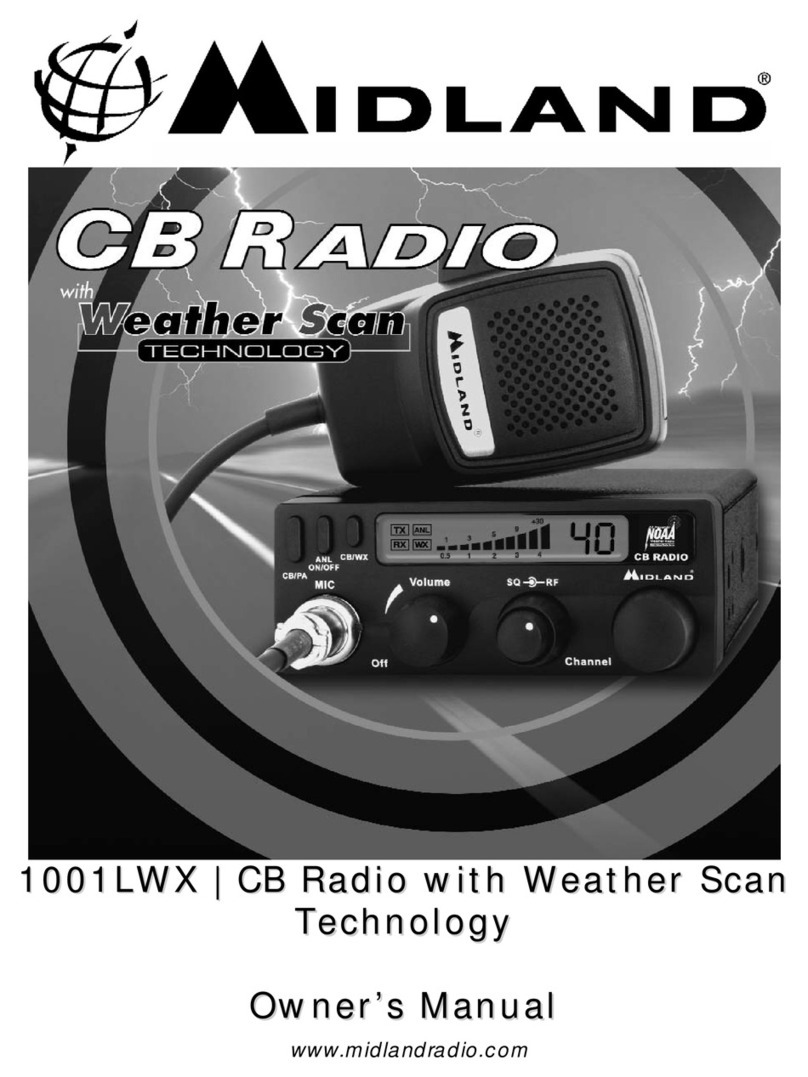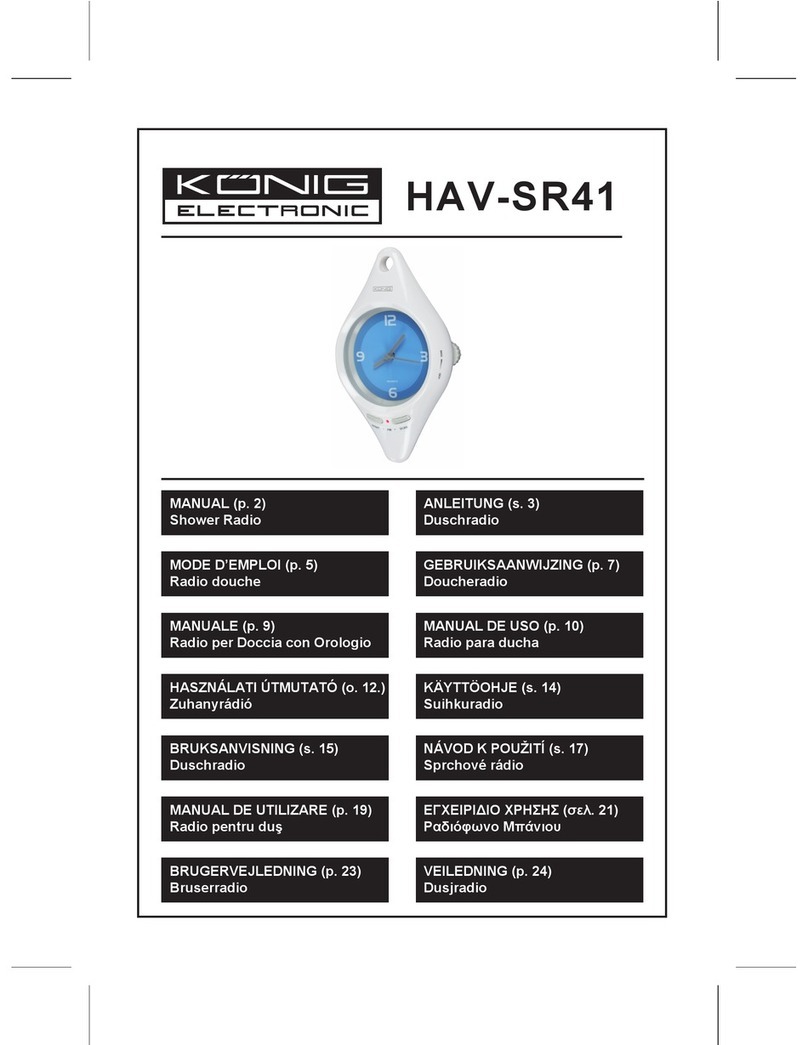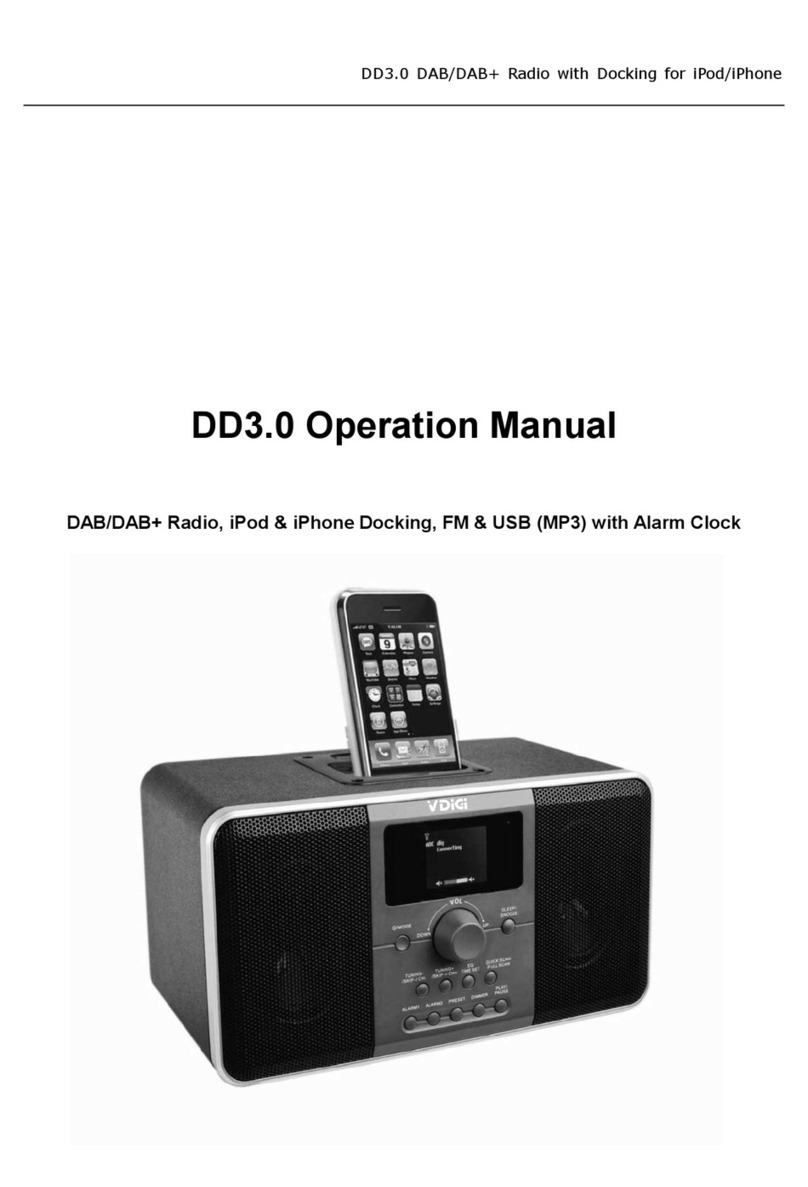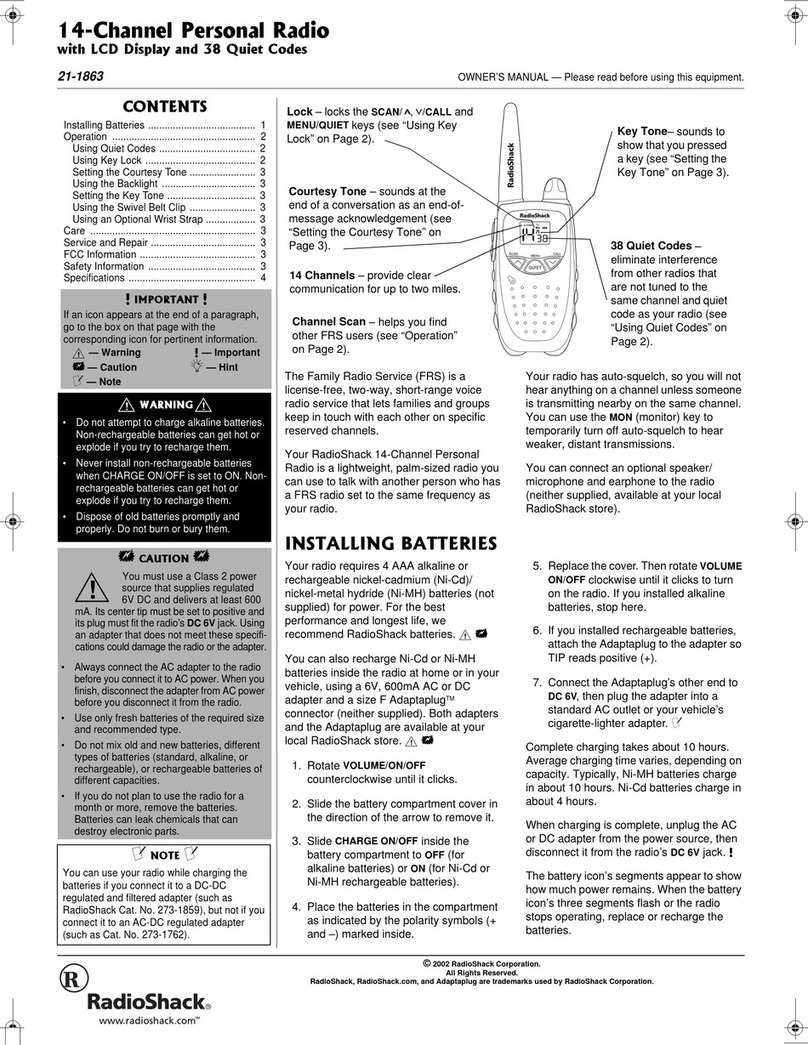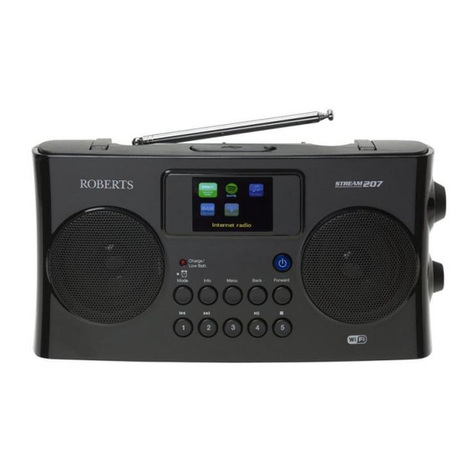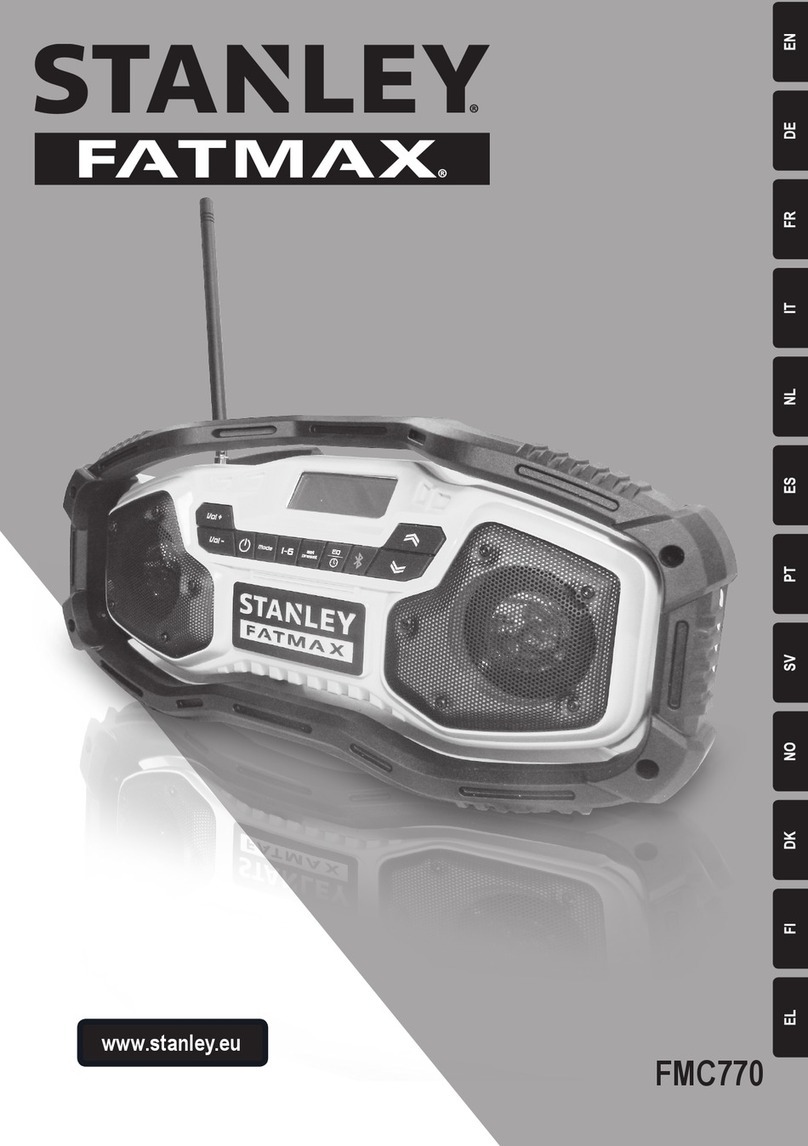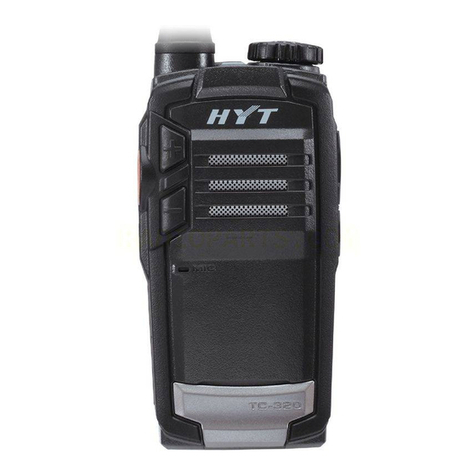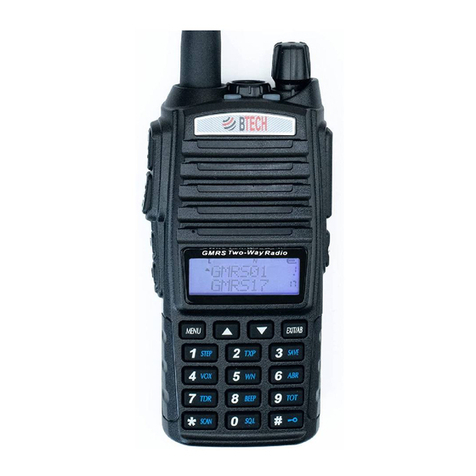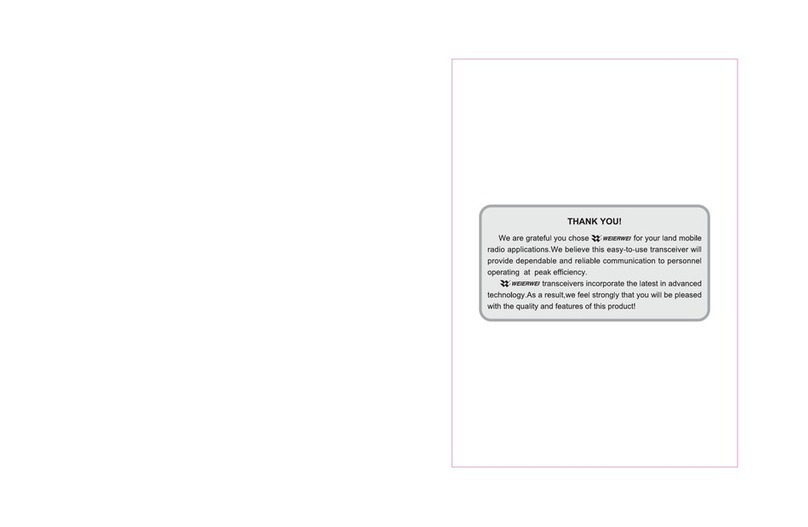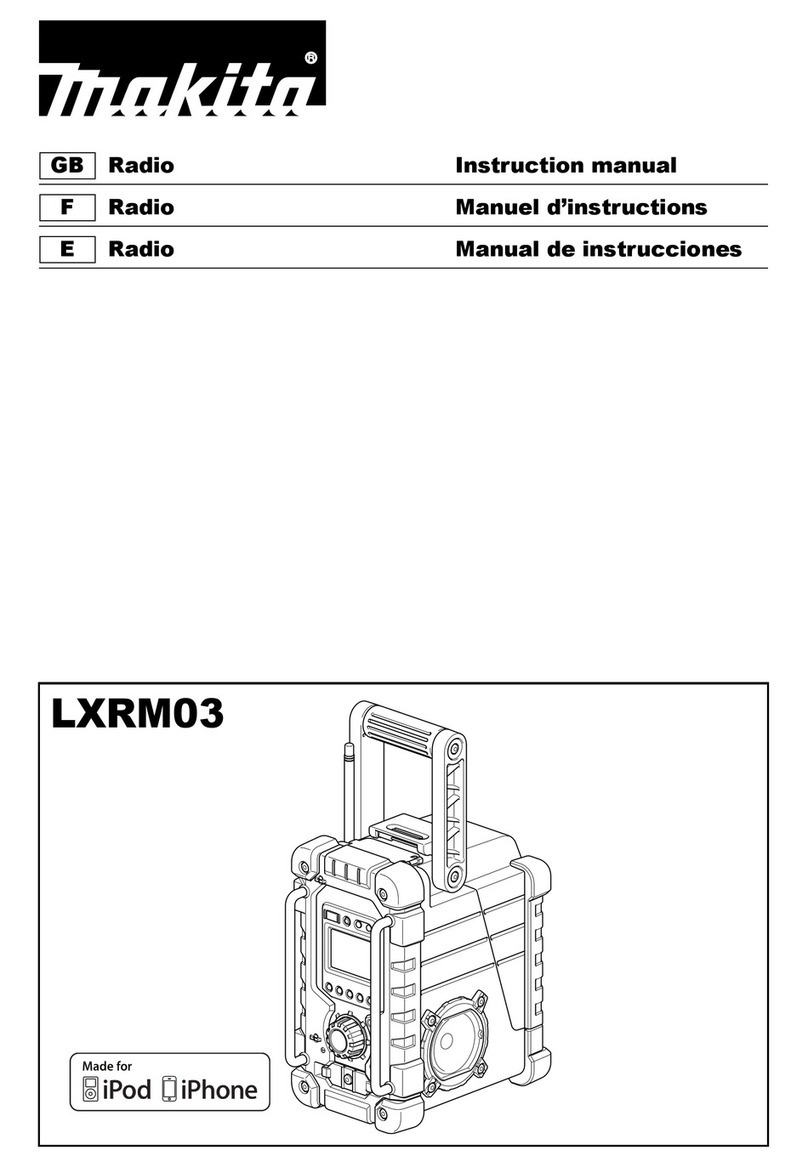
UKW-Radio
1. Wählen Sie mit der DAB/FM-Taste (DAB/UKW-Taste) die Option UKW.
Das Display zeigt „UKW“ und die Frequenz an.
2. Zum Aktivieren des automatischen Suchlaufs halten Sie die oder
Taste gedrückt, bis das Frequenzband durchsucht wird. Das
Display zeigt „Searching … >“ (Suche… >) oder „Searching …<
“ (Suche…<) an und stoppt automatisch, sobald ein Sender gefunden
wurde. (F. 7) (F.8)
3. Um die manuelle Suche zu aktivieren, drücken Sie die oder
Taste.
4. Um den Audiomodus zu wählen, drücken Sie die SELECT-Taste
(Auswahl-Taste), um zwischen der Auswahl „Auto“ oder „Mono“ zu
umzuschalten.
Anmerkung: Das Radio schaltet automatisch zwischen Stereo und Mono um, aber Sie können das außer Kraft setzen
und diese Funktion manuell umschalten. Das kann bei schwachem Empfang nützlich sein.
SPEICHERN UND AUFRUFEN GESPEICHERTER SENDER
Sie können bis zu 10 Lieblingssender (5 DAB und 5 UKW) als
Vorbelegungen speichern. Damit haben Sie mit einem einzigen
Tastendruck direkten Zugriff auf Ihren Lieblingssender.
1. Um eine Vorbelegung zu speichern, suchen Sie zuerst den
gewünschten Sender. Halten Sie dann die PRESET-Taste
(Vorbelegung-Tas t e) (1 - 5) gedrückt, bis auf dem Display „Preset #
saved“ (Vorbelegung x gespeichert) angezeigt wird. (F. 9)
2. Um einen vorbelegten Sender aufzurufen, drücken Sie die
PRESET-Taste (Vorbelegung-Taste) (1 - 5), auf der Sie den Sender
gespeichert haben.
3. Wenn der Vorbelegung kein Sender zugeordnet wurde, zeigt das
Display „Preset empty” (Vorbelegung leer). (F. 10)
WERKSEINSTELLUNGEN
Wenn Sie sich mit dem Radio in einem anderen Gebiet aufhalten, sind Ihre vorbelegten und gespeicherten DAB-Sender
nicht mehr verfügbar. In diesem Fall müssen Sie das Radio auf die Werkseinstellungen zurücksetzen. Führen Sie das
Rücksetzen auf die Werkseinstellungen wie folgt durch:
1. Schließen Sie das Radio an eine Steckdose an und schalten es mit der ON/OFF-Tast e (EIN/AUS-Taste) ein.
2. Halten Sie die MENÜ-Taste gedrückt, bis auf dem Display „Press SELECT to confirm reset“ („AUSWÄHLEN drücken,
um das Rücksetzen zu bestätigen“) angezeigt wird.
3. Lassen Sie die MENU-Taste los und drücken einmal die SELECT-Taste (Auswahl-Taste). Das Display zeigt zuerst
“Restarting …” (“Neustart …”) an und führt anschließend den vollständigen Sendersuchlauf durch.
4. Sobald die Suche beendet ist, wählt das Radio automatisch den ersten, in alphanumerischer Reihenfolge
gefundenen Sender.
Anmerkung: Bei einem Rücksetzen auf die Werkseinstellungen gehen alle gespeicherten DAB- und
UKW-Vorbelegungen verloren.
TECHNISCHE DATEN
STROMVERSORGUNG : AC/WS 230 V~50 Hz
DC 9V 1,5 V(UM3) x 6
AUSGANGSLEISTUNG : 1,0 Watt
FREQUENZBEREICH : DAB 174 - 240 MHz
FM/UKW 87,5 - 108 MHz
GERÄTEABMESSUNGEN : 200 (B) x 80 (T) x 110 (H) mm
GEWICHT: 0,98kg
DIE TECHNISCHEN DATEN UNTERLIEGEN ÄNDERUNGEN OHNEVORANKÜNDIGUNG.
DE-4
F7
F8
F10
F9
Elektrische und elektronische Geräte sowie Batterien enthalten Materialien, Komponenten und Substanzen, welche
für Sie und Ihre Umwelt schädlich sein können, sofern die Abfallmaterialien (entsorgte elektrische und elektronische
Altgeräte sowie Batterien) nicht korrekt gehandhabt werden.
Elektrische und elektronische Geräte sowie Batterien sind mit der durchgestrichenen Mülltonne, wie unten abgebildet,
kenntlich gemacht. Dieses Symbol bedeutet, dass elektrische und elektronische Altgeräte sowie Batterien nicht mit
dem Hausmüll entsorgt werden dürfen, sie müssen separat entsorgt werden.
Als Endverbraucher ist es notwendig, dass Sie Ihre erschöpften Batterien bei den entsprechenden Sammelstellen abgeben. Auf
diese Weise stellen Sie sicher, dass die Batterien entsprechend der Gesetzgebung recycelt werden und keine Umweltschäden
anrichten.
Städte und Gemeinden haben Sammelstellen eingerichtet, an denen elektrische und elektronische Altgeräte sowie Batterien
kostenfrei zum Recycling abgegeben werden können, alternativ erfolgt auch Abholung. Weitere Informationen erhalten Sie bei der
Umweltbehörde Ihrer Gemeinde.





